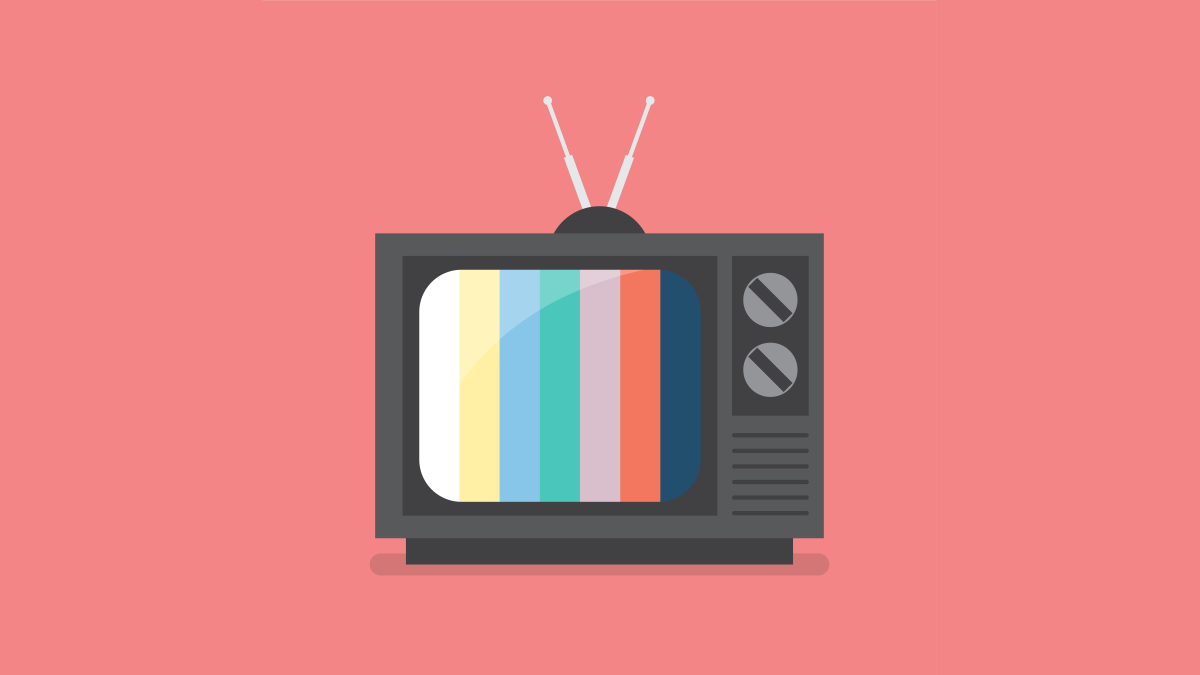Color depth is a term you've probably heard while buying a TV or setting up a new console. It's a unit of measurement that relates directly to the number of colors that can be displayed, and it can also affect image quality.
Here's what you need to know and how it applies to the displays and devices in your home.
A Higher Color Depth Means More Colors
Modern displays use red, green, and blue channels (or sub-pixels) to create the image that you see on screen. A display capable of 8-bit color means that each color (RGB) can have one 8-bit string, which allows for a total of 256 different gradations per channel.
Colors are created by combining these channels, which use values between 0 and 255. For example, a pure blue would have a red value of 0, a green value of 0, and a blue value of 255. An 8-bit panel can display a total of 16.7 million total possible colors (256x256x256) by mixing different values at the sub-pixel level.
This is known as bits per channel or bpc (sometimes referred to as bits per component or bits per color). Sometimes, these values are expressed differently as bits per pixel (bpp), which effectively multiplies the bits per channel value by three (one for each channel). For that reason, 8 bits per channel and 24 bits per pixel refer to the same value.
Seemingly small increases in color depth can make a huge difference to an image and the total number of possible colors. For example, a video presented in 10-bit color can display 1,024 gradations per red, green, and blue channel---four times what's possible in the 8-bit color space. This makes for a total of 1.07 billion colors (1024x1024x1024).
Real-World Applications
The higher the color depth, the more possible colors that can be displayed. In the real world, a higher color depth will mean a better-looking image, since there are more shades of red, green, and blue to choose from. This doesn't necessarily result in a more saturated or "colorful" image, but it provides greater variation in the colors that are there.
For example, an image of a lush forest scene can look more natural and lifelike with more shades of green and brown to choose from. This can help sell the illusion that you're really looking at a forest rather than a digital recreation on a screen.
The difference in color depth is easily visible when you're looking at gradients of a single color, like the blue sky in the image below.
In low-bit depth content, a subtle color change often results in banding, where the transition from one shade of color is easily visible as a "band" of color. This is because there's a limited number of shades available.
In the 10-bit color space, these subtle color changes are much less visible, since there are many more shades available. This makes the transition from a lighter shade to a darker shade much less noticeable.
Buying a New TV?
Most televisions are only capable of displaying 8-bit images, but many of the latest TVs use 10-bit panels. 12-bit panels will arrive eventually, but at the time of writing in May of 2021, there's little (if any) content to enjoy on them. Unlike the jump from 8-bit to 10-bit panels, the difference between 10-bit and 12-bit panels is much less noticeable.
Buying a new TV and wondering what all the terminology means? Read our guide to buying the perfect TV for your needs.



